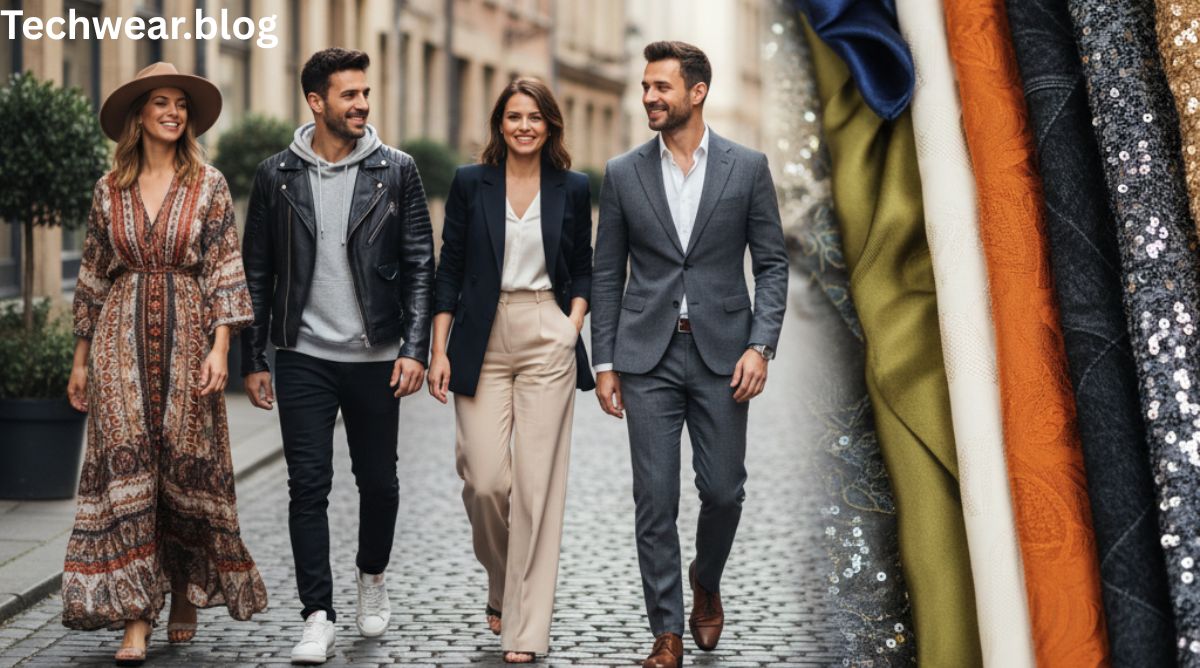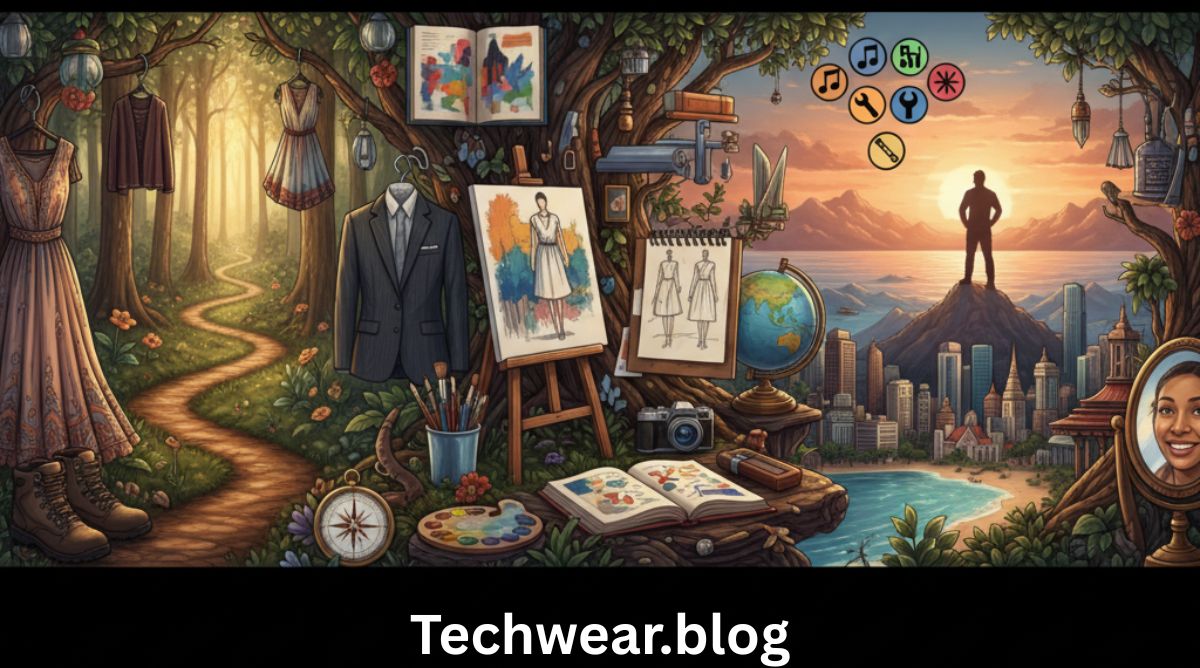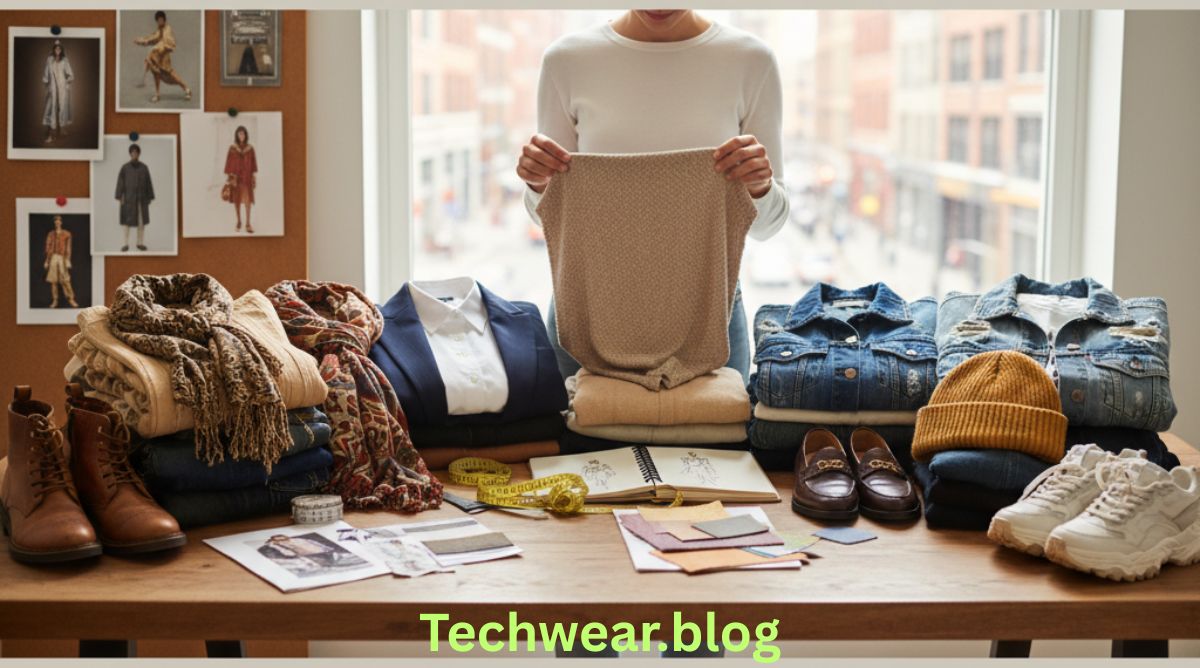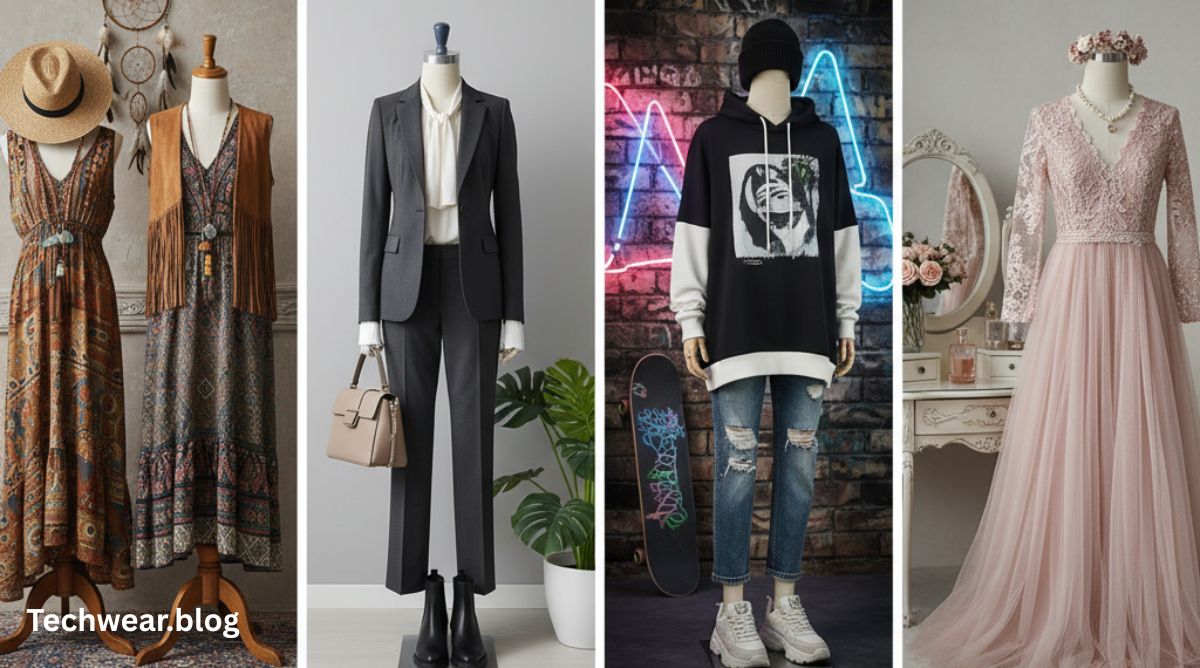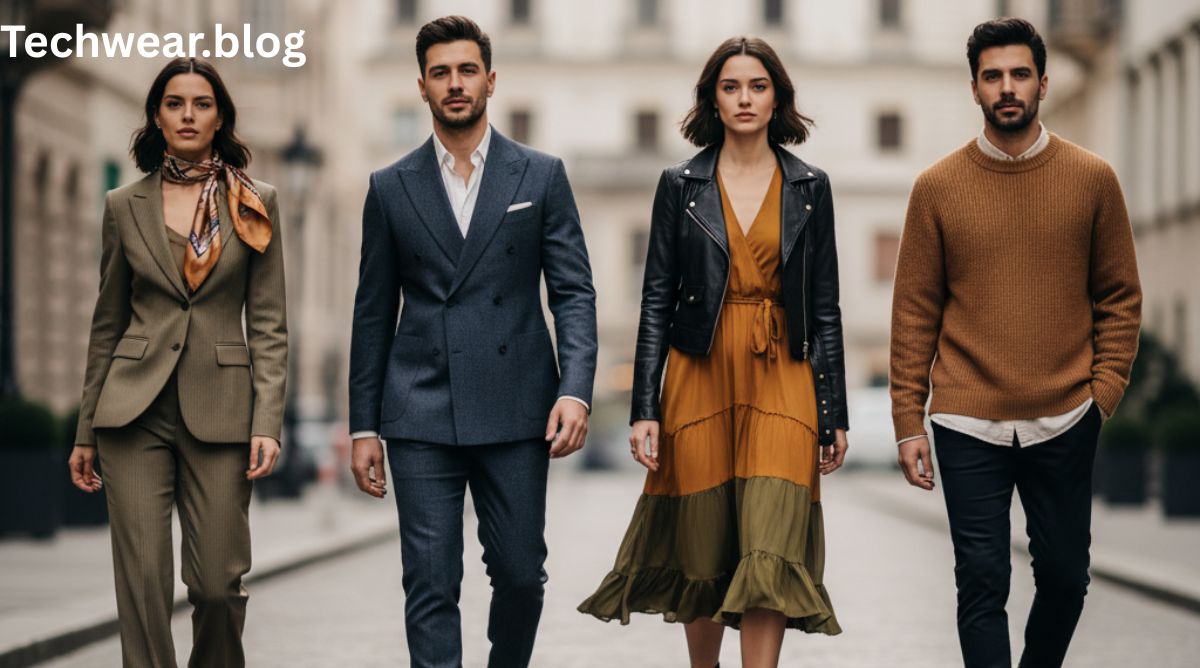Fashion is more than just clothing—it’s a reflection of who you are, your personality, and your lifestyle. When people ask, “What is your fashion style?”, they’re really asking how you express yourself through your outfits, accessories, and overall aesthetic. Understanding your fashion style helps you build a wardrobe that feels authentic and makes dressing up effortless every day.
To learn more about the broader concept of style and fashion, you can explore Fashion on Wikipedia.
Understanding Fashion Style
Fashion style refers to a distinctive way of dressing that reflects a person’s individuality. It involves choices in clothing, footwear, hairstyles, and accessories that together communicate a particular vibe or identity. While trends come and go, a person’s fashion style is usually consistent, with occasional evolution over time.
Your style may change based on life stages, career, or personal growth—but the core essence often remains. Knowing your fashion style can make shopping easier, save you time, and boost your confidence.
Why Knowing Your Fashion Style Matters
Understanding your fashion style isn’t just about looking good; it’s about feeling comfortable and confident in what you wear. Here’s why it matters:
- Boosts confidence: Wearing clothes that align with your personality enhances self-assurance.
- Saves time and money: You can make smarter wardrobe investments instead of following fleeting trends.
- Defines your personal brand: Whether for social events or professional settings, your outfit becomes part of your identity.
- Promotes sustainability: When you know your style, you buy fewer, better-quality pieces that last longer.
The Main Fashion Styles
Here’s a breakdown of popular fashion styles to help you identify where you fit:
1. Classic Style
The classic style emphasizes timeless elegance. It’s neat, structured, and sophisticated. Think crisp white shirts, tailored blazers, pencil skirts, and loafers. This style never goes out of fashion and is perfect for professional or formal environments.
Example pieces: trench coat, pearl jewelry, neutral colors, and structured handbags.
2. Casual Style
Casual style is about comfort and ease. It’s laid-back yet stylish, often featuring jeans, t-shirts, sneakers, and light layers. People with this style prefer functionality over flair.
Example pieces: denim jackets, sneakers, hoodies, and simple accessories.
3. Bohemian (Boho) Style
Bohemian style celebrates creativity, nature, and freedom. It includes flowy fabrics, earthy tones, and artistic patterns. Boho enthusiasts often wear maxi dresses, fringe details, and layered jewelry.
Example pieces: floral prints, floppy hats, and ankle boots.
4. Streetwear Style
Streetwear has its roots in youth culture, skateboarding, and hip-hop. It blends comfort with bold expression—oversized hoodies, graphic tees, sneakers, and caps are essentials.
Example pieces: joggers, bomber jackets, chunky sneakers, and statement logos.
5. Minimalist Style
Minimalists embrace simplicity and quality. This style focuses on neutral colors, clean lines, and functional designs. Instead of many trendy items, minimalists prefer a few versatile, timeless pieces.
Example pieces: white shirts, black trousers, plain sweaters, and simple flats.
6. Edgy or Grunge Style
Edgy fashion expresses rebellion and boldness. Inspired by rock and punk cultures, this look uses dark colors, leather jackets, ripped jeans, and combat boots.
Example pieces: graphic tees, metal accessories, and distressed denim.
7. Romantic Style
Romantic style exudes femininity and charm. It includes lace details, pastel shades, floral prints, and flowing silhouettes.
Example pieces: midi dresses, ruffles, cardigans, and ballet flats.
8. Athleisure Style
Athleisure combines sporty elements with casual fashion. It’s ideal for those who value comfort while staying stylish.
Example pieces: leggings, crop tops, hoodies, and sneakers.
9. Vintage Style
Vintage lovers draw inspiration from past eras—1950s dresses, 1980s denim jackets, or 1990s graphic tees. It’s a nostalgic yet fashionable way to stand out.
Example pieces: retro prints, high-waist pants, and bold accessories.
10. Chic Style
Chic style is modern, polished, and effortlessly elegant. It often includes monochromatic outfits, tailored silhouettes, and subtle statement accessories.
Example pieces: blazers, midi skirts, and pointed heels.
How to Discover Your Fashion Style
Finding your fashion style takes exploration. Here are practical steps to identify yours:
- Evaluate your lifestyle: Choose clothes that fit your daily activities, whether professional, creative, or casual.
- Look for inspiration: Use platforms like Pinterest, Instagram, or magazines to note what styles attract you.
- Analyze your wardrobe: See what pieces you wear most often and how they make you feel.
- Experiment: Try mixing different styles until you find what resonates most with your comfort and taste.
- Create a style mood board: Gather outfit ideas, color palettes, and patterns that reflect your desired aesthetic.
The Role of Personality in Fashion
Your personality often shapes your fashion style. For instance:
- Introverts may prefer minimal or classic looks.
- Creative individuals often lean toward bohemian or artistic styles.
- Adventurous types might experiment with edgy or streetwear pieces.
Psychologically, fashion also affects how others perceive you and how you perceive yourself. According to studies on enclothed cognition, clothing can influence confidence and performance—proving that what you wear truly matters.
How Fashion Styles Evolve
Fashion styles evolve with time, influenced by culture, technology, and social movements. For example, the rise of sustainable fashion has made eco-friendly clothing more popular. Similarly, gender-neutral fashion challenges traditional clothing norms.
The internet and social media have democratized style inspiration—today, anyone can influence fashion trends globally.
Building a Wardrobe That Matches Your Style
Once you’ve discovered your fashion style, building a cohesive wardrobe becomes easier:
- Start with basics: Invest in timeless pieces like jeans, neutral tops, and outerwear.
- Add statement pieces: Include items that highlight your personality—bold jackets, colorful scarves, or patterned dresses.
- Focus on quality: Choose durable fabrics and well-made clothes.
- Accessorize smartly: Bags, belts, and jewelry complete your look.
Adapting Fashion Style for Different Occasions
Fashion isn’t static—it changes with context. You might dress differently for:
- Work: Classic or chic styles suit formal environments.
- Casual outings: Streetwear or casual style works best.
- Festive events: Romantic or bohemian styles create an expressive look.
- Fitness or travel: Athleisure provides both comfort and function.
Balancing versatility ensures your wardrobe serves every occasion.
Conclusion
Defining what is your fashion style is a journey of self-expression. Your clothing choices tell a story about who you are, what you value, and how you want to be perceived. Whether you lean toward minimalism, boho, chic, or streetwear, the key is authenticity—wearing what makes you feel confident and comfortable.
Fashion is ever-changing, but personal style endures. As Wikipedia explains, fashion is both an art and a cultural statement. So, embrace your individuality, experiment fearlessly, and let your wardrobe be a true reflection of you.






